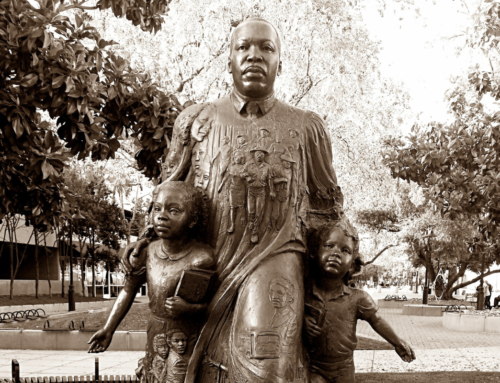So you’ve captured the audience’s fleeting attention, with a great story, a statistic, or a compelling question. Congratulations; you’ve survived the first few minutes of a speech better than most. But what do you do now?
How do you keep the audience’s attention for the next 15 minutes or so?
There’s only one way that works reliably, and that involves asking yourself one simple question: What’s the problem the audience has for which the information I’m ready to talk about is the answer?
So for example, let’s say you’re a world-class expert on bees and their diseases. You’re ready to go crazy on the subject. All you need is a problem.
Fortunately for you (and unfortunately for the bees) they’re dying of some mysterious disease that some say has to do with global warming, and some say has to do with viruses, maybe from Israel, and still others say has to do with a combination of the two.
That’s what you should spend the next fifteen minutes (of a 45 minute speech) talking about. The only prerequisite is an audience of people who care about bees.
Or at least, an audience that cares about what the bees can do. If it’s a general audience, in other words, the problem becomes, what are you going to do in a world without bees, where crops don’t grow, flowers don’t bloom in spring, and honey is gone forever? Different audience, different problem.
The point is to shape your talk to the audience’s problem. Talk about that, because that’s the only topic that answers the question the audience has – what’s in it for me? – with sufficient punch to hold their attention for the next while.
Go crazy, because audiences love a speaker that understands and talks about their problems.
Next time I’ll talk about what to say after you’ve exhausted the problem, but not the audience’s patience.








Leave A Comment